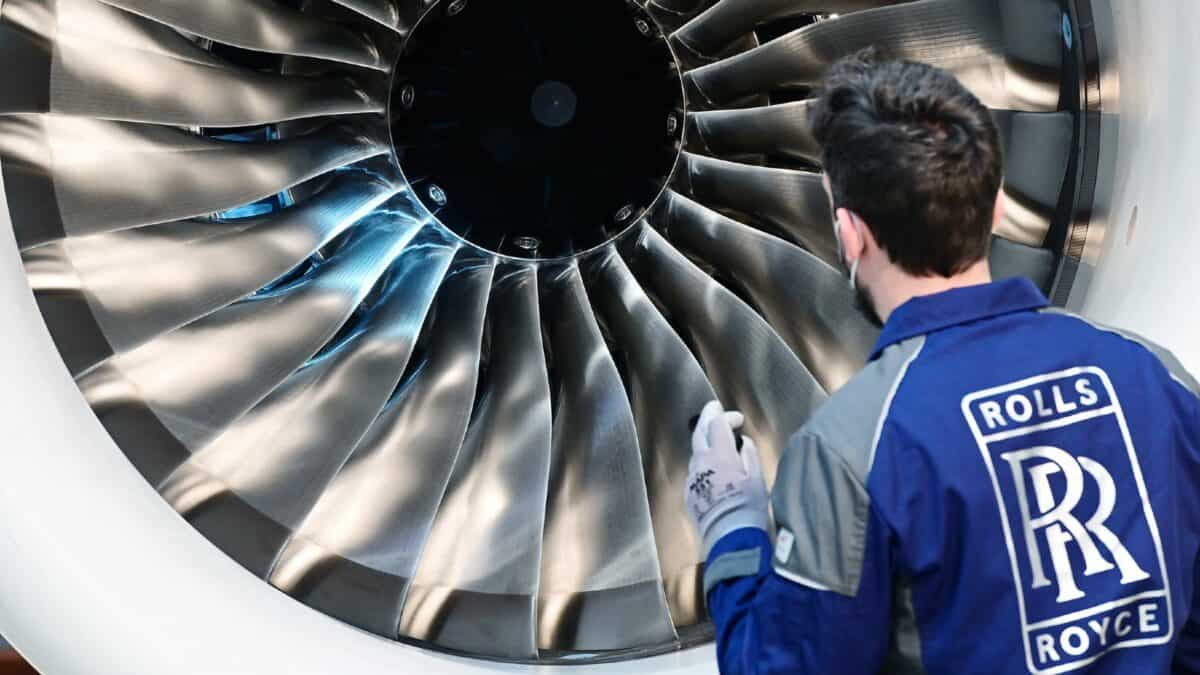
Image source: Rolls-Royce plc
Barely had the stock market opened for trading today (29 September) and Rolls-Royce (LSE: RR) did it again. Having already hit multiple all-time highs so far this year, the Rolls-Royce share price today sailed past its former record to hit a new peak.
I have been sitting on the sidelines. But could now be the right moment for me to add some Rolls-Royce shares to my portfolio?
What’s going on?
First, it is helpful to understand why the share has performed so well.
After all, it was among the top-performing FTSE 100 shares in both of the past couple of years. Yet, it has still managed to more than double so far this year.
That is no mean feat. Over five years, the Rolls-Royce share price has grown 2,954%. Yes, 2,954%!
That sort of performance is rare enough even among racy small-cap shares. For a long-established blue-chip firm in a mature industry, it is exceptional.
The circumstances have been exceptional too, though.
Five years ago, civil aviation demand had collapsed amid the pandemic. With engine sales and servicing demand slumping in its core civil aviation division, Rolls was on its knees. It sold billions of shares for pennies apiece (what a bargain that looks in hindsight!).
Since then, demand has recovered strongly and Rolls is also seeing strong growth in both its defence and power generation businesses.
There could still be value here
Not only has higher customer demand helped lift sales revenues, but a much firmer focus on profitability has boosted the bottom line.
The company has repeatedly set ambitious financial targets and so far has delivered on them.
Indeed, a strong performance in the first half of this year led the aeronautical engineer to lift its full-year guidance for 2025. It now aims to deliver underlying operating profit of £3.1bn-£3.2bn and free cash flow of £3.0bn-£3.1bn.
Set against that, the soaring Rolls-Royce share price seems more understandable.
Yes, the firm’s market capitalisation has topped £100bn. But its price-to-earnings (P/E) ratio of 17, while not cheap, is not nearly as high as might be expected for a share that has risen 2,954% in five years.
In fact, the share may actually be cheaper than it looks.
That P/E ratio is based on reported earnings. But with great momentum in Rolls’ business currently, it certainly seems plausible for earnings per share to grow. In that case, the prospective P/E ratio could be well below 17.
I’m sitting this one out
On that basis, I think the current valuation can be justified. I think there is potential for the Rolls-Royce share price to move even higher, especially if it keeps delighting shareholders with strong financial projections.
But there are limits to demand growth in mature industries – and by now I reckon Rolls has likely reaped most of the rewards from a cost-cutting drive.
Meanwhile, the cyclical nature of civil aviation demand has not gone away. Nor has the ever-present risk of a sudden, unanticipated event pushing demand down dramatically overnight.
I do not think the current Rolls-Royce share price offers me a sufficient margin of safety given such risks, so I will not be investing.
